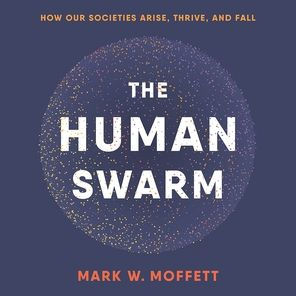Table of Contents
Introduction 1
Section I Affiliation and Recognition
Chapter 1 What a Society Isn't (and What It Is) 17
Chapter 2 What Vertebrates Get out of Being in a Society 29
Chapter 3 On the Move 37
Chapter 4 Individual Recognition 45
Section II Anonymous Societies
Chapter 5 Ants and Humans, Apples and Oranges 57
Chapter 6 The Ultimate Nationalists 66
Chapter 7 Anonymous Humans 79
Section III Hunter-Gatherers Until Recent Times
Chapter 8 Band Societies 97
Chapter 9 The Nomadic Life 112
Chapter 10 Settling Down 122
Section IV The Deep History of Human Anonymous Societies
Chapter 11 Pant-Hoots and Passwords 141
Section V Functioning (or Not) in Societies
Chapter 12 Sensing Others 161
Chapter 13 Stereotypes and Stories 173
Chapter 14 The Great Chain 184
Chapter 15 Grand Unions 193
Chapter 16 Putting Kin in Their Place 203
Section VI Peace and Conflict
Chapter 17 Is Conflict Necessary? 217
Chapter 18 Playing Well with Others 228
Section VII The Life and Death of Societies
Chapter 19 The Lifecycle of Societies 241
Chapter 20 The Dynamic "Us" 251
Chapter 21 Inventing Foreigners and the Death of Societies 261
Section VIII Tribes to Nations
Chapter 22 Turning a Village into a Conquering Society 275
Chapter 23 Building and Breaking a Nation 291
Section IX From Captive to Neighbor … To Global Citizen?
Chapter 24 The Rise of Ethnicities 309
Chapter 25 Divided We Stand 327
Chapter 26 The Inevitability of Societies 344
Conclusion: Identities Shift and Societies Shatter 355
Acknowledgments 363
Notes 367
References 402
Index 449


